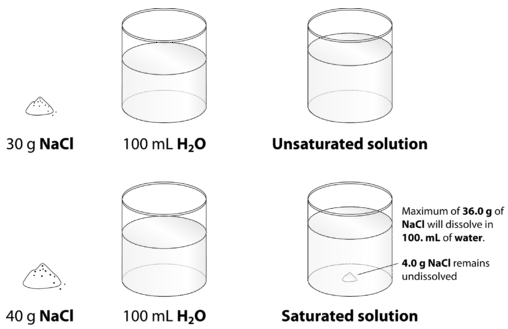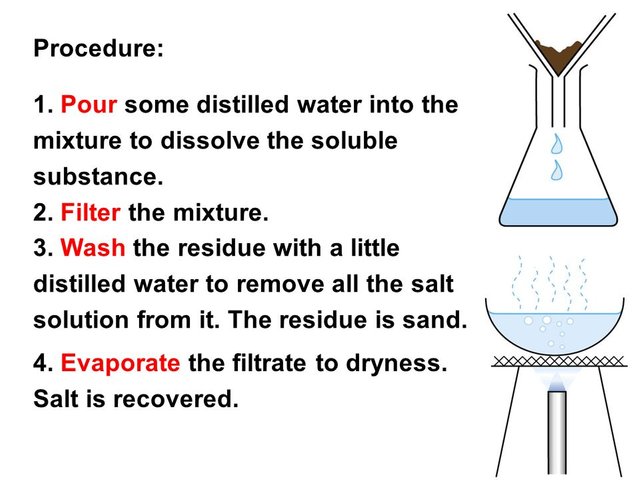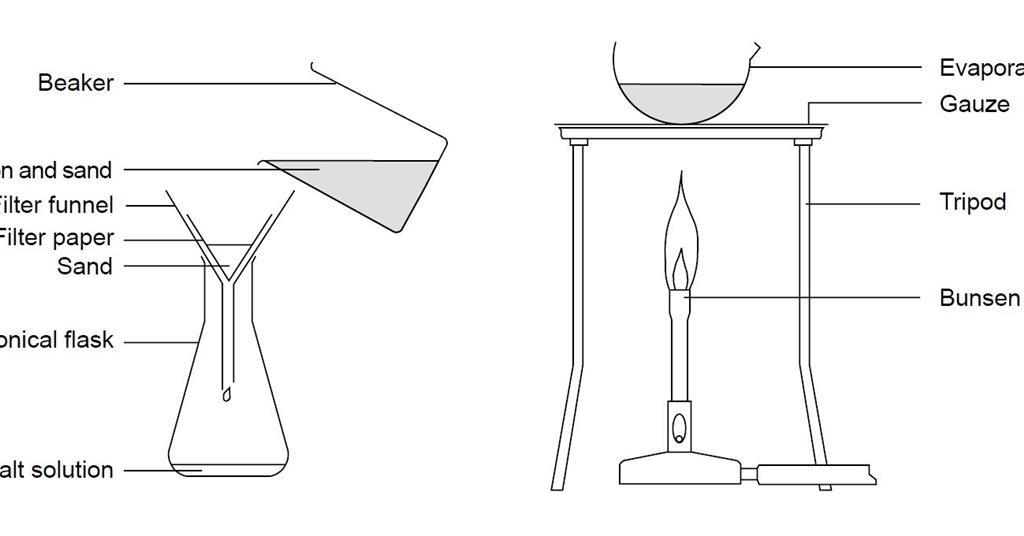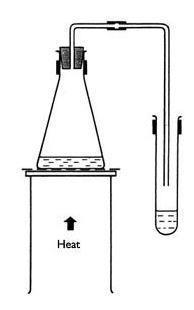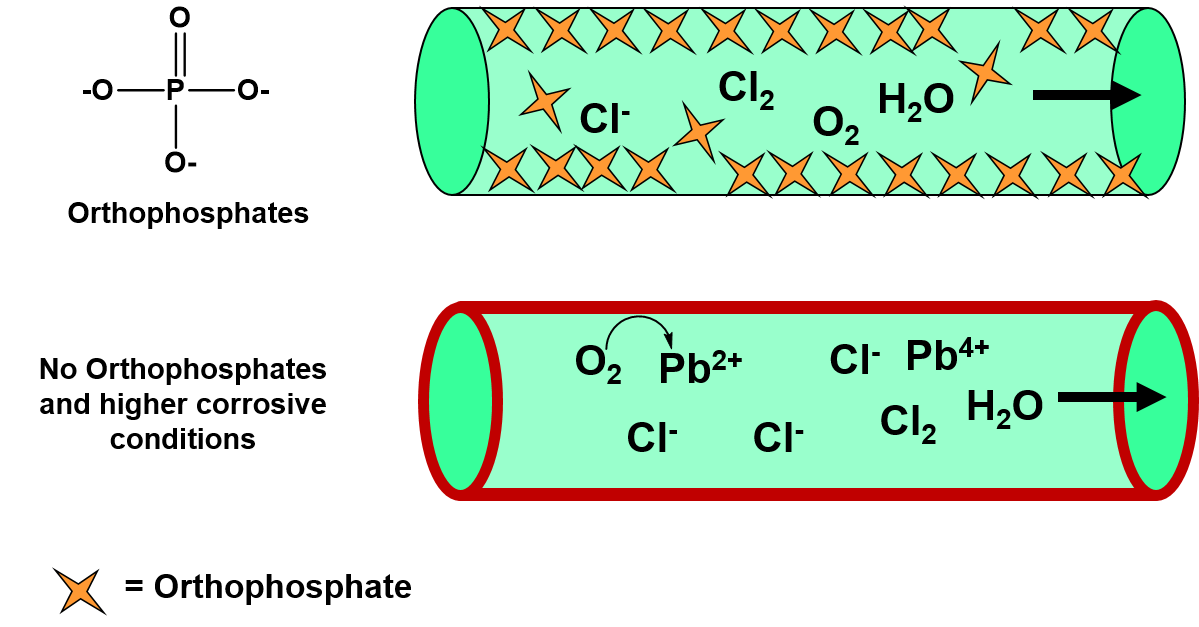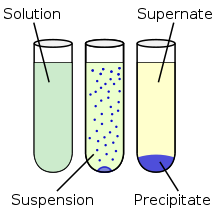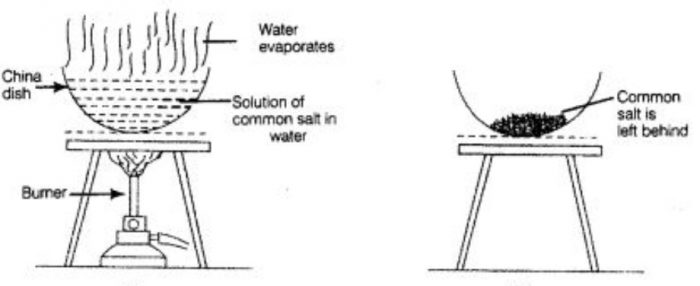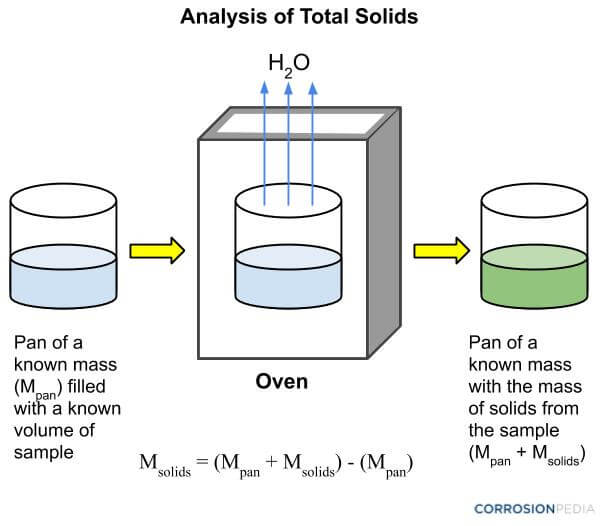Stunning Tips About How To Recover The Dissolved Solid In A Solution

Treating tds with reverse osmosis filtration.
How to recover the dissolved solid in a solution. To recover the cu present in the compound, the dark powdery solid was dissolved in 15.0 ml of 6 m hc, the solution diluted with 50.0 ml of water, 4. When dissolved in an aqueous solution, which of the following salts will yield a neutral solution? Increase temp = compound more soluble in solvent, decrease temp.
Many solutions in chemistry are aqueous solutions. A soluble chloride is added to the sulphate solution of copper and the proper amount of sulphurous acid is added. If the chloride is dry a small amount of water must be added to keep the zinc chloride and sulphate in solution.
How do you separate an aqueous solution? Volatile solids are ones that can easily go from a solid to a liquid state. One tablespoon of water in a saucer takes the following approximate times to evaporate:
When you cool the solution, you increase the odds of the solute reassociating, thus forming solid crystals that you can then filter out to recover the. Reverse osmosis (ro) water filtration systems are generally the most efficient and effective way to remove tds, and. Moderate heat under pressure—90° c.
Purification process to remove impurities from organic compounds that are solid at room temperature; Evaporation is used to separate a soluble solid from a liquid. Nanofiltration (nf) can remove most divalent ions, such as sulfate and nitrate, from water.
Dissolved solids removal mitigate scaling, souring, and other downhole issues contact us maximize production while minimizing scale or hydrogen sulfide seawater injection is a. The solutes dissolved in a solution can be recovered by evaporating the solvent. The invention relates to a process for separating a solid dissolved from an aqueous solution containing it, including the steps consisting of:

